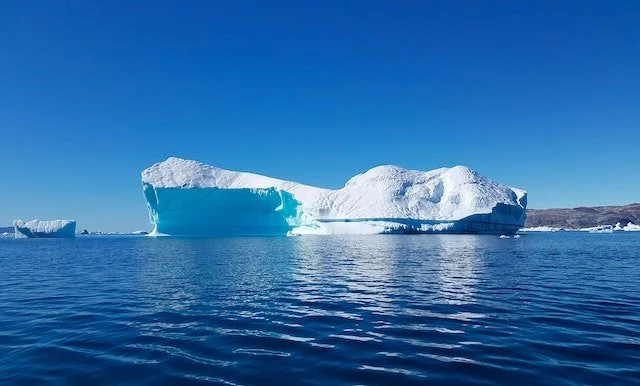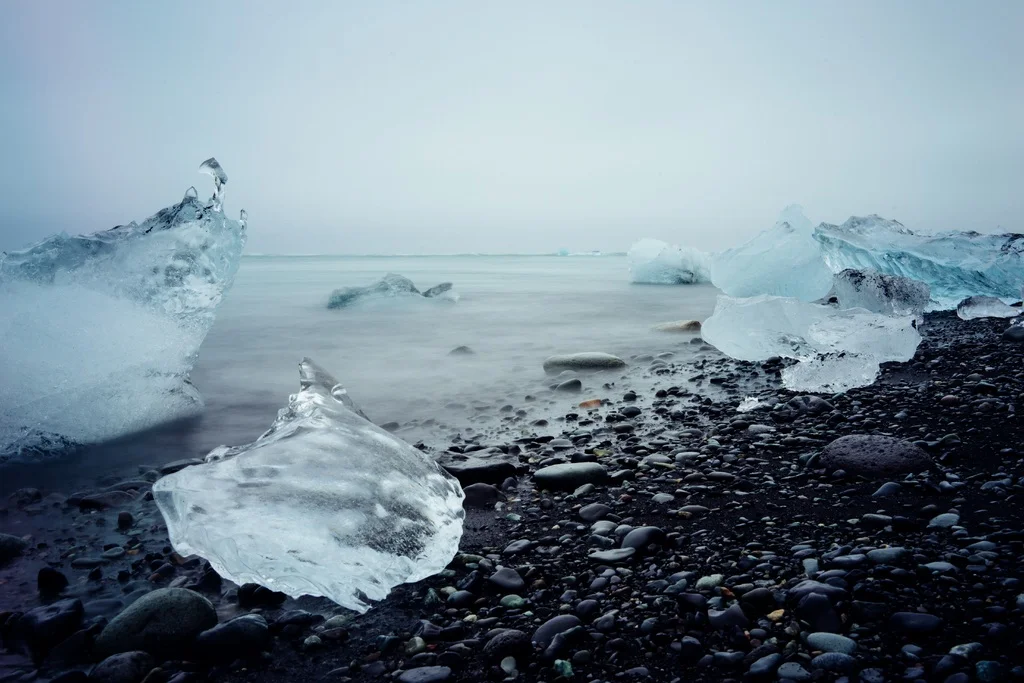In a groundbreaking study, scientists have made a startling discovery: record levels of microplastics have been found embedded within Antarctic ice. This revelation underscores the pervasive nature of plastic pollution, even in one of the most remote and pristine environments on Earth, and raises urgent concerns about the long-term impacts on polar ecosystems and global marine health.
The study, published in the journal Nature Communications, presents findings from an extensive analysis of ice core samples collected from across the Antarctic continent. Using state-of-the-art techniques, researchers meticulously examined the ice cores, which act as historical records of atmospheric and environmental conditions, dating back hundreds to thousands of years. To their alarm, they found microscopic plastic particles—known as microplastics—present in ice layers dating back to the 1960s, indicating a steady accumulation of plastic pollution over the past several decades.
The presence of microplastics in Antarctic ice is particularly alarming due to the region’s remote location and limited human activity. Unlike densely populated urban areas where plastic pollution is often concentrated, Antarctica has historically been regarded as a pristine wilderness untouched by human interference. However, this latest discovery challenges that perception, highlighting the far-reaching reach of plastic pollution and its insidious infiltration into even the most remote corners of the planet.
The origins of the microplastics found in Antarctic ice are multifaceted and complex. Some may have been transported by ocean currents from distant sources, while others may have been deposited directly onto the ice surface through atmospheric deposition or snowfall. Additionally, recent studies have suggested that microplastics may be carried to polar regions by winds, raising concerns about the potential for airborne plastic pollution to contaminate even the most isolated ecosystems.
The implications of this discovery are far-reaching and extend beyond the Antarctic continent. Microplastics, which are less than 5 millimeters in size, have been shown to accumulate in marine environments worldwide, posing serious threats to marine life, ecosystems, and human health. These tiny plastic particles can be ingested by marine organisms, leading to a range of adverse effects, including reproductive problems, digestive tract blockages, and bioaccumulation of toxic chemicals.
Moreover, microplastics serve as vectors for transporting pollutants, such as heavy metals and persistent organic pollutants, across vast distances, further exacerbating environmental contamination and ecosystem degradation. As a result, the widespread presence of microplastics in Antarctic ice raises concerns about the potential for these pollutants to enter the marine food chain and ultimately impact human health through seafood consumption.
Addressing the issue of plastic pollution in Antarctica requires a multifaceted and concerted effort from the global community. Efforts to reduce plastic consumption, improve waste management practices, and develop alternative materials are essential for stemming the tide of plastic pollution at its source. Additionally, enhanced monitoring and research efforts are needed to better understand the scope and scale of plastic contamination in polar regions and develop strategies for mitigating its impacts on marine ecosystems.
The discovery of record levels of microplastics in Antarctic ice serves as a stark reminder of the urgent need for action to combat plastic pollution and protect the health of our planet’s fragile ecosystems. By working together to address this pressing environmental challenge, we can safeguard Antarctica’s pristine wilderness and ensure a sustainable future for generations to come.




